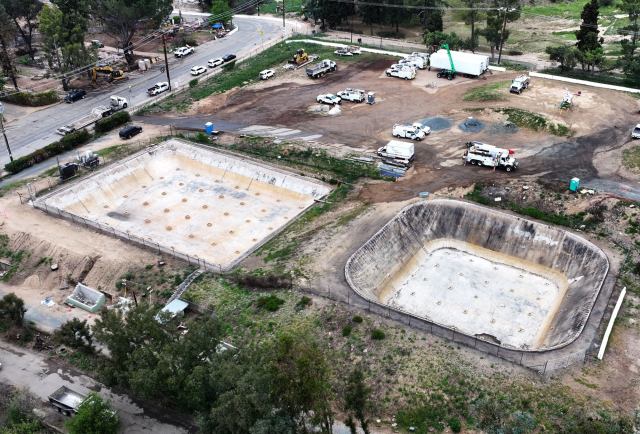Water Wars in Altadena: How One Devastating Fire Sparked a Consolidation Showdown

Nestled in the rolling hills of Southern California, Altadena boasts a fascinating water history that stretches back to the pioneering days of the 19th century. The area's water infrastructure is a patchwork of small, independent water companies, each with its own unique story deeply rooted in the region's development. At the heart of this complex water landscape lies the legacy of Benjamin Eaton, a visionary who first helped shape the area's water distribution.
The recent Eaton fire has ignited more than just flames—it has sparked a passionate debate about the future of water management in this historic community. Local residents and water experts are now questioning the sustainability and efficiency of Altadena's fragmented water system. The incident has brought to the forefront critical discussions about infrastructure resilience, water company consolidation, and the challenges faced by small, independent water providers.
As Altadena confronts these pressing water management issues, the community finds itself at a crossroads. The intricate network of water companies, each with its own operational quirks and historical significance, represents both a challenge and an opportunity for modernization and improved water service delivery.
